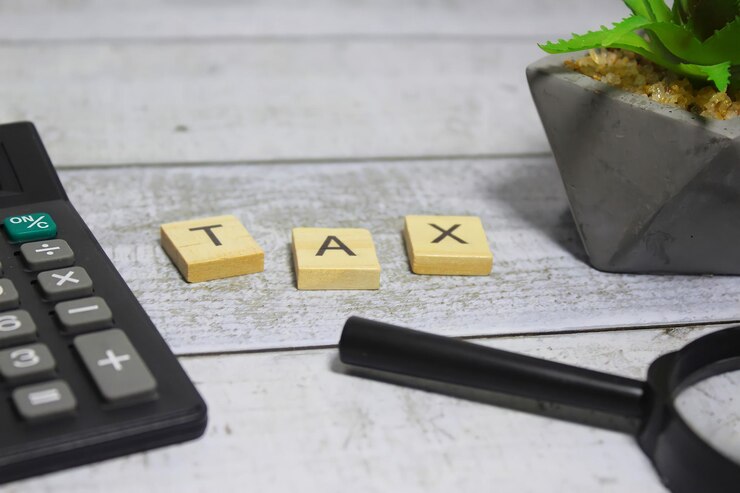The EU VAT ID is a unique identifier that all businesses based within the European Union (EU) must have in order to operate. EU VAT IDs are used by companies of any size, from multinational corporations down to small startups. In general, VAT IDs are used as part of the VAT (Value Added Tax) system, which requires companies to collect sales tax on products or services they sell. Companies that aren’t based in Europe can still use this tool if they’re selling products there or doing business with any EU-based suppliers who require them to provide a valid VAT ID for their transactions.
What is an EU VAT ID?
An EU VAT ID is a number that identifies a business in the EU. It’s used for paying VAT and other taxes, and it’s also used for submitting tax returns.
To get one of these IDs, you’ll need to apply through your local tax office or accounting firm. When you fill out the application, you’ll need to provide proof of your company’s legal existence (like its incorporation papers or registration certificates). Your application will then be reviewed by an employee at the government agency before being approved or denied.
Once your EU VAT ID has been issued, make sure to keep it up-to-date with any changes to your business status so that nothing falls through the cracks when filing taxes down the road!
If you’re a small business owner in the EU and you don’t have an EU VAT ID, or it’s out of date, then you need to get one. Without it, you won’t be able to file your VAT returns on time and legally!
However, there are some ways around this if your country doesn’t require one. For example, if your business is based in the UK but sells products all over Europe then you can still use the Mini One Stop Shop (MOSS) system for filing VAT returns.
Online validation
To validate a VAT ID through the EU VIES:
- Enter the VAT ID in the input box and click the validation button.
- If it is a valid VAT ID, you will see the results in the output box; if not, an error message will appear instead of your results.
If you are not a VAT registered company, leave the box blank and click the validation button. If it is a valid VAT ID, you will see the results in the output box; if not, an error message will appear instead of your results (for example, ‘invalid’ or ‘not found’).n
It’s essentially a VAT filing service that allows your business to file in one place, rather than with every country where you sell products. This is much easier on both sides and helps cut down on paperwork! You can also use MOSS if you’re based outside of the EU but sell goods to customers within itIf you are not a VAT registered company, leave the box blank and click the validation button. If it is a valid VAT ID, you will see the results in the output box; if not, an error message will appear instead of your results (for example, ‘invalid’ or ‘not found’)..
It’s essentially a VAT filing service that allows your business to file in one place, rather than with every country where you sell products. This is much easier on both sides and helps cut down on paperwork! You can also use MOSS if you’re based outside of the EU but sell goods to customers within it
Validation rules
Validation rules
- Country code must be valid. The country code must be a valid EU member state (e.g., AT, DE, etc.).
- VAT number must be valid. The VAT number must be registered in the EU and it can’t have been invalidated yet (see below).
- VAT number must be registered to an organisation that is VAT registered, i.e., has a permanent establishment in one of the member states where they are required to register for VAT purposes and has that status in their home country where they are established as well. As long as this rule applies, your company doesn’t need to pay any taxes on sales made within the European Union (EU).
If your VAT number is not registered to an organisation that is VAT registered, then your company will have to pay taxes on sales made within the European Union (EU).
VAT number must not be invalidated yet. Your VAT number will become invalid if you don’t use it for more than two years, or if your company is no longer registered in any EU member state. In both cases, you will have to reapply for a new VAT number before selling digital products again.
Automate VAT validation
There are a number of software tools available that can be used to automate VAT validation.
- VAT Number Validation Service is an online service that allows users to verify VAT numbers in the EU and other countries. The website allows you to enter your business name and search for your company’s VAT number using the country code attached to it, as well as its corresponding local tax ID (STN). The service then gives you all of the information about this company, including its registered address and financial information if applicable.
- TaxChecker offers a similar service but will also provide you with information about your competitors’ financial data so that you can stay on top of their sales performance in real time! This is useful for businesses looking for ways to compete against similar companies by knowing everything about their finances through one easy app interface.
In addition to the services listed above, there are a number of other online tools available that can help you verify VAT numbers, including vatcheckapi.com.
Integrate an API to automate everything
To integrate a tax ID validation API, you need to:
- Create an account on the platform of your choice.
- Install the script in your codebase, and add it to your website.
- Add your private API key and secret to the script.
Once you’ve done that, simply place the script on your page and the EU tax ID validation API will do the rest. You can customize it to suit your needs and add new features as well.
You can add new features to the script, such as: -Adding a dropdown menu for users to select their country. This will add another layer of validation before they submit their forms.-Adding an additional field that asks users for their EU tax ID number.
Mike
Latest posts by Mike (see all)
- Reality Of Being A Law Student: 7 Things You Really Have to Realize - November 23, 2022
- How to Validate EU Tax IDs - November 1, 2022
- How To Learn Spanish With TV And Music? - October 11, 2022




